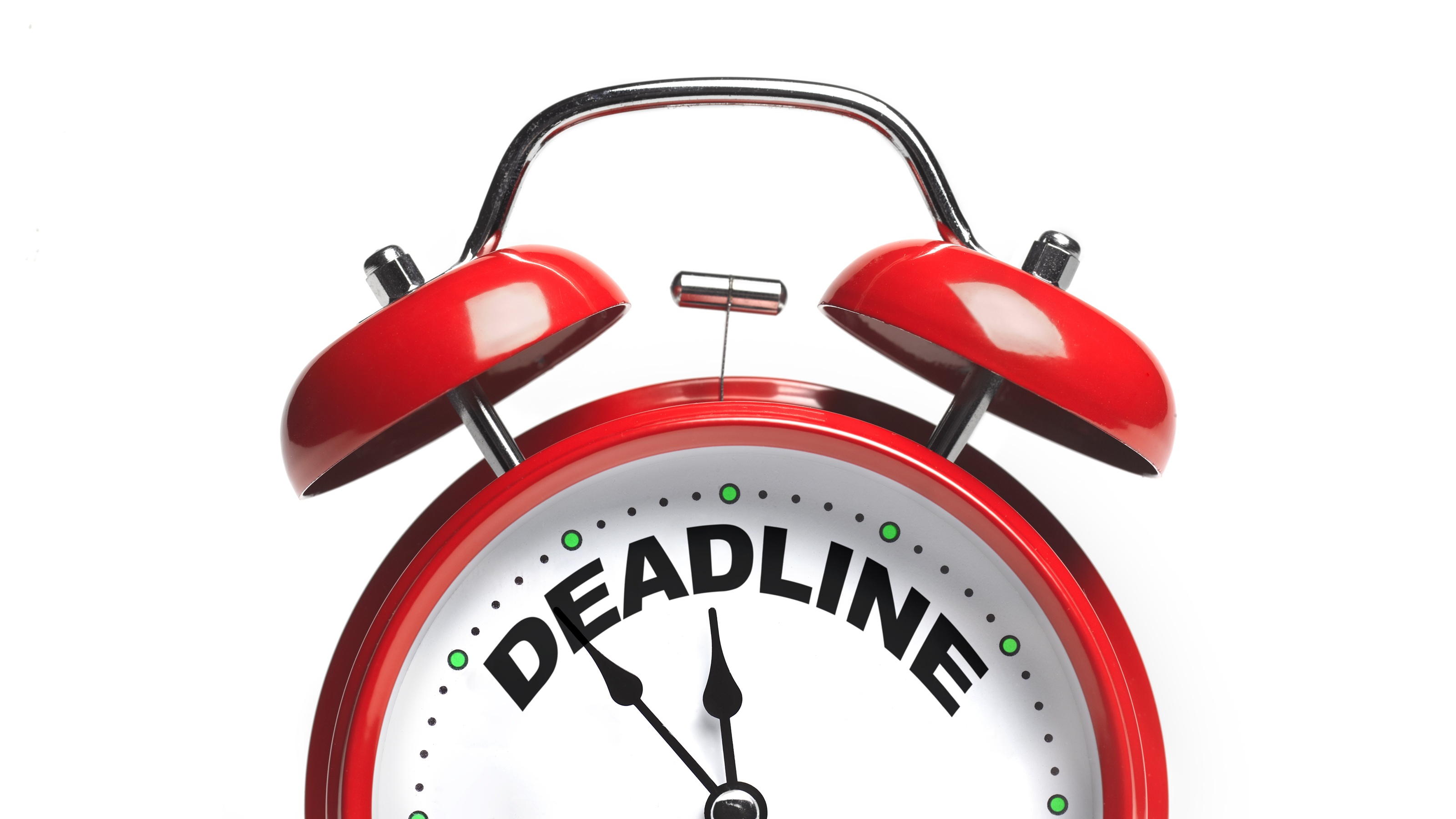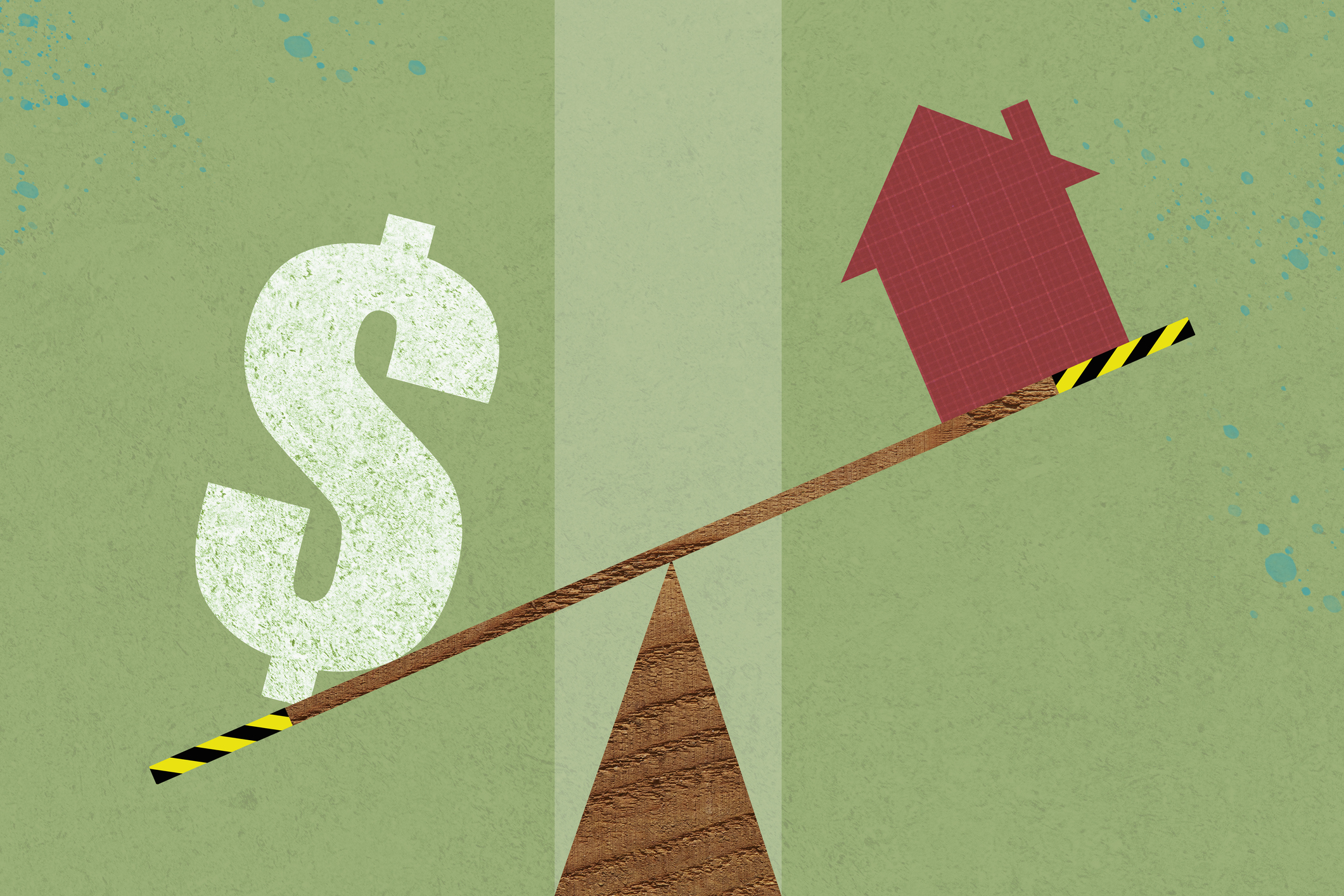Seven of the Best Budgeting Apps for 2025
If you're searching for a great budgeting app, here are our top picks.

Sean Jackson
Inflation continues to take a bite out of budgets. Energy prices are up five percent year-over-year, and beef has never been more expensive.
This is where a budgeting app is essential. These apps can help you declutter your finances by organizing expenses into categories, help you set savings and retirement goals and gain a big picture overview of your finances.
Here’s a look at other budget apps you can download through the Apple App Store or Google Play. All of the apps listed here assure users that data obtained from their bank accounts is password-protected and will not be shared with third-party vendors.
From just $107.88 $24.99 for Kiplinger Personal Finance
Become a smarter, better informed investor. Subscribe from just $107.88 $24.99, plus get up to 4 Special Issues

Sign up for Kiplinger’s Free Newsletters
Profit and prosper with the best of expert advice on investing, taxes, retirement, personal finance and more - straight to your e-mail.
Profit and prosper with the best of expert advice - straight to your e-mail.
They also feature two-factor authentication to protect your financial information. All prices listed are as of June 2025.
Best overall budgeting app: You Need a Budget
You Need a Budget is a strong choice if you want to use a detailed and hands-on budgeting app to monitor expenses. By helping you prioritize where you spend your money, YNAB offers a holistic approach to monitoring your spending habits. YNAB provides four rules for users to follow.
The first is based on what’s known as the zero-based budgeting method, in which you assign every dollar in your bank account to a specific expense. If an emergency arises, the app helps you make changes to your budget to accommodate any unexpected expenses.
The second rule is to plan for large, infrequent expenses (say, for home repairs or annual insurance premiums) by setting aside money for them each month, while the third rule encourages you to make adjustments if you run out of money in one of your budgeting categories by moving money to it from a different category.
YNAB’s fourth rule is to “age your money” — in other words, once you get used to budgeting and spending less, you can pay for your current monthly bills with money you saved from the previous month rather than from your most recent paycheck. In addition to providing budgeting advice, YNAB also offers live money-management workshops online.
Price: Sign up for a free trial for 34 days, then $14.99 a month or $109 if you pay annually.
Best for beginners: Simplifi and Tiller
If you're new to using a budgeting app, you can ease in with one of these choices.
Quicken's Simplifi features easy-to-navigate menus and charts and creates a personalized spending plan you can use to monitor your income and expenses. Your spending plan adjusts as your expenses change, and the app’s features let you easily tweak your budget. In addition to tracking your spending, Simplifi helps you plan for the future, projecting your cash flow based on upcoming bills so you can change your spending accordingly. Quicken also recently released LifeHub, which allows you to add and organize your most important financial documents into a secure, digital hub. This protects them in the event your home incurs a fire, flood or other disaster. The service is only $1.99 per month.
Price: Sign up for Quicken Simplifi at $2.99 monthly, billed annually.
Tiller may be the best app for you if you like using spreadsheets to balance your budget. After you link your financial accounts to Tiller, you can use one of its templates to create a customized budget spreadsheet in Google Sheets or Microsoft Excel, and the sheets automatically draw in updated information about your spending and balances from the linked accounts. You can also have Tiller send you daily email updates about your account balances.
Price: Try it free for 30 days, then $79 annually.
Best app for investors: Empower
Jason Gerber, a certified financial planner and managing partner for Prime Capital Investment Advisors, recommends Empower (formerly known as Personal Capital) because it allows you to monitor both your spending and your investment portfolios.
For example, if you have investment accounts with Fidelity Investments and Morgan Stanley, you can review both of your portfolios, including a breakdown of holdings and their allocations, on a dashboard on the Empower app. You can also link other types of accounts, such as 529 college savings plans, health savings accounts and your home mortgage.
Price: Get the Empower app free on Google Play or the Apple App Store.
Best for debt management: PocketGuard
If you subscribe to a PocketGuard Plus membership, you can set up a debt-payoff plan that is integrated into your budget. You enter details such as the minimum payment and annual percentage rate on your debts, and PocketGuard allocates adequate money to put toward the debt and compiles a payment schedule. Members of the Plus plan can also create unlimited budgets and savings goals.
The free Basic plan lets you create a budget and track your bills, spending and income.
Price: Try the Plus plan free for 7 days. The Plus plan is $12.99 monthly, $74.99 annually.
Best app for couples: Honeydue
After you download the Honeydue app, you can invite your partner via email or text message to download it, too. Once you both have the app, you can monitor your budgets and track your spending habits for joint accounts. (Your partner won’t be able to see information about your individual accounts and vice versa.) You can also coordinate bill payments and discuss how to manage your budget in the app’s chat section.
Price: Download the free app on the Apple App Store or on Google Play.
Best for you and your financial adviser: Monarch
While some budgeting apps help you stay on track with your partner, Monarch lets you team up with your financial adviser. As with other budgeting apps, once you connect your accounts to Monarch, you can track your spending. However, Monarch also allows you to securely share your account information with your adviser so you can collaborate on your savings and investment goals. You can also share the app with your partner or someone else from your household, who will have his or her login.
Once you create an account with Monarch, you can add your financial adviser to your account at no extra cost. Your adviser can securely log in to his or her separate account and won’t be able to see your personal identifying information, such as your bank account number.
Price: $14.99 monthly or $99.99 annually.
For a limited time, get 50% off your first year with code: MONARCHVIP
Bottom line on budgeting apps
Gerber notes that even though budgeting apps can be helpful, you should try to adopt a hands-on approach to managing your budget, too. Take time every week to review your finances with your partner or on your own.
And even if you use an app, he adds, you should consider meeting with a financial adviser to discuss the best way to meet your financial goals.
Note: This item first appeared in Kiplinger Personal Finance Magazine, a monthly, trustworthy source of advice and guidance. Subscribe to help you make more money and keep more of the money you make.
Related Content
- Learn How to Manage Your Money Like a Millionaire
- Bucket Budgeting: An Easy Way To Manage Cash Flow
- Budgeting Basics for Wealth, Health and Happiness
- The 50-30-20 Budget Rule is a Simple Way to Save Money
Profit and prosper with the best of Kiplinger's advice on investing, taxes, retirement, personal finance and much more. Delivered daily. Enter your email in the box and click Sign Me Up.

Ella Vincent is a personal finance writer who has written about credit, retirement, and employment issues. She has previously written for Motley Fool and Yahoo Finance. She enjoys going to concerts in her native Chicago and watching basketball.
- Sean JacksonPersonal finance eCommerce writer
-
 Time Is Running Out to Make the Best Tax Moves for 2025
Time Is Running Out to Make the Best Tax Moves for 2025Don't wait until January — investors, including those with a high net worth, can snag big tax savings for 2025 (and 2026) with these strategies.
-
 4 Smart Ways Retirees Can Give More to Charity
4 Smart Ways Retirees Can Give More to CharityFor retirees, tax efficiency and charitable giving should go hand in hand. After all, why not maximize your gifts and minimize the amount that goes to the IRS?
-
 If You Do One Boring Task Before Year-End, Make It This One
If You Do One Boring Task Before Year-End, Make It This OneWho wants to check insurance policies when there's fun to be had? Still, making sure everything is up to date (coverage and deductibles) can save you a ton.
-
 4 Smart Ways Retirees Can Give More to Charity, From a Financial Adviser
4 Smart Ways Retirees Can Give More to Charity, From a Financial AdviserFor retirees, tax efficiency and charitable giving should go hand in hand. After all, why not maximize your gifts and minimize the amount that goes to the IRS?
-
 I'm an Insurance Pro: If You Do One Boring Task Before the End of the Year, Make It This One (It Could Save You Thousands)
I'm an Insurance Pro: If You Do One Boring Task Before the End of the Year, Make It This One (It Could Save You Thousands)Who wants to check insurance policies when there's fun to be had? Still, making sure everything is up to date (coverage and deductibles) can save you a ton.
-
 Should You Tap Your Home Equity Before 2026?
Should You Tap Your Home Equity Before 2026?As borrowing rates and tax law shifts converge, here's what homeowners need to know before pulling equity out of their home.
-
 'Politics' Is a Dirty Word for Some Financial Advisers: 3 Reasons This Financial Planner Vehemently Disagrees
'Politics' Is a Dirty Word for Some Financial Advisers: 3 Reasons This Financial Planner Vehemently DisagreesYour financial plan should be aligned with your values and your politics. If your adviser refuses to talk about them, it's time to go elsewhere.
-
 For a Move Abroad, Choosing a Fiduciary Financial Planner Who Sees Both Sides of the Border Is Critical
For a Move Abroad, Choosing a Fiduciary Financial Planner Who Sees Both Sides of the Border Is CriticalWorking with a cross-border financial planner is essential to integrate tax, estate and visa considerations and avoid costly, unexpected liabilities.
-
 21 Money Moves Smart People Are Making Before 2026
21 Money Moves Smart People Are Making Before 2026These steps can help trim your tax bill, boost your savings, lower your health care costs and set you up for financial success in 2026.
-
 A Financial Adviser's Guide to Divorce Finalization: Tying Up the Loose Ends
A Financial Adviser's Guide to Divorce Finalization: Tying Up the Loose EndsAfter signing the divorce agreement, you'll need to tackle the administrative work that will allow you to start over.
-
 Uber Takes Aim at the Bottom Lines of Billboard Personal Injury Lawyers
Uber Takes Aim at the Bottom Lines of Billboard Personal Injury LawyersUber has filed lawsuits and proposed a ballot initiative, in California, to curb settlements it claims are falsely inflated by some personal injury lawyers.